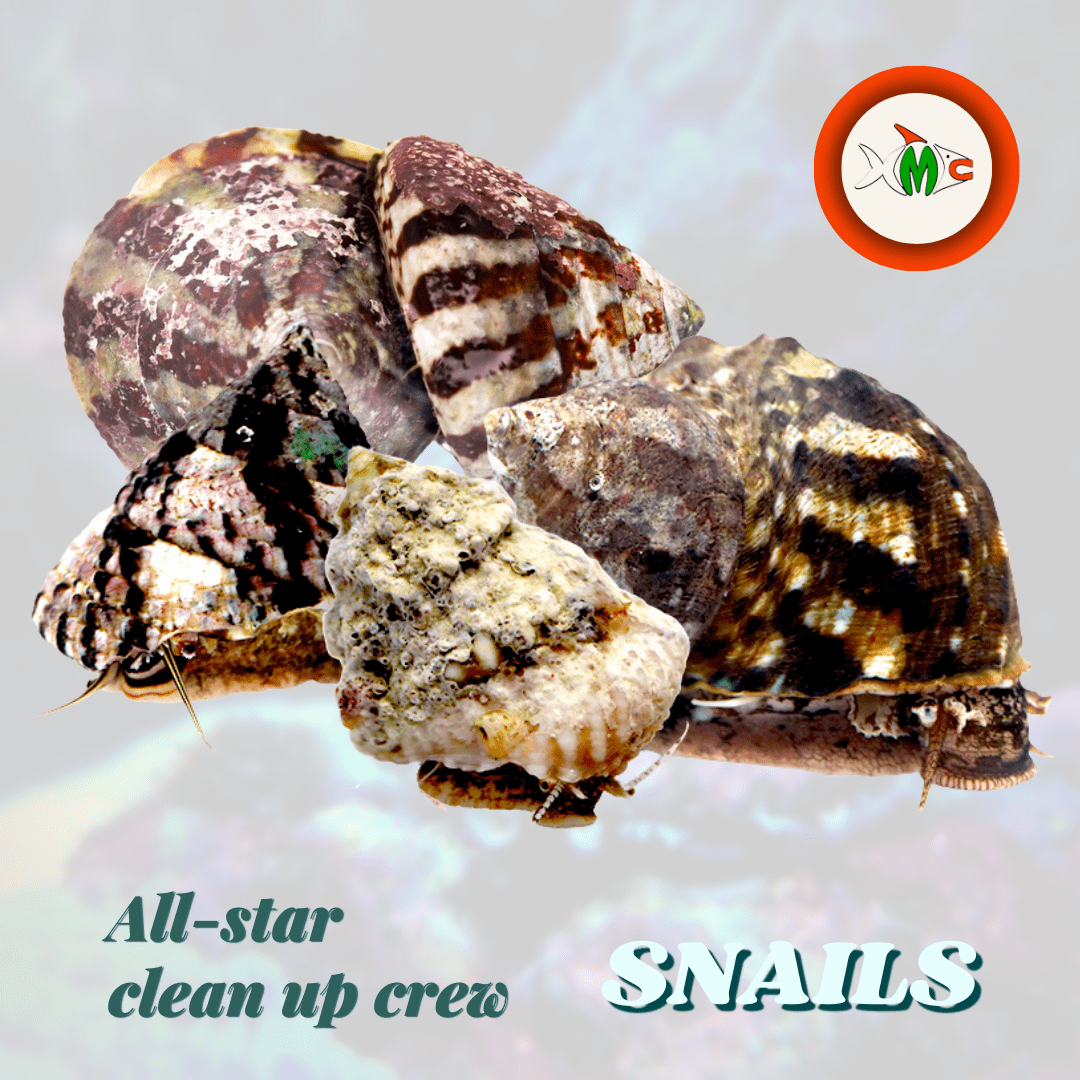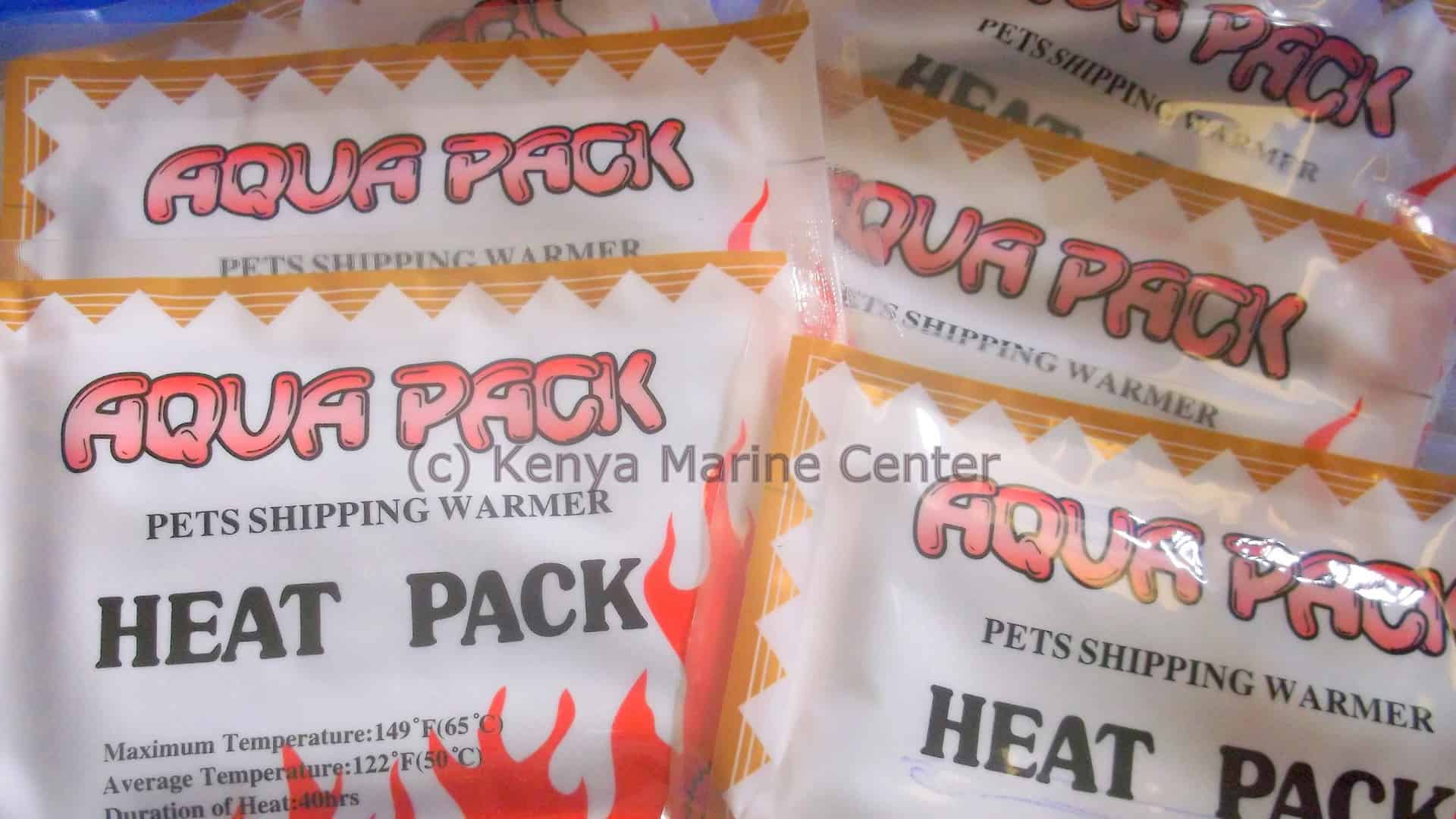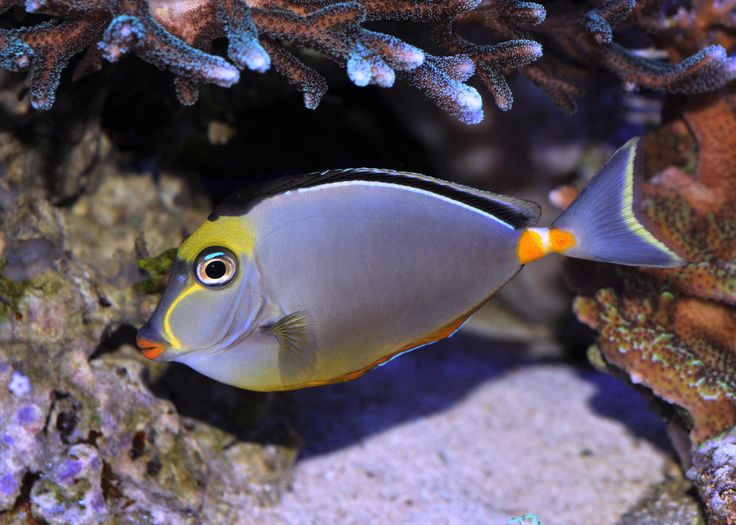Marine aquarium cleanup crews (CUC)—those combo packs of various snails, crabs, and echinoderms sold for the purpose of algae control and detritus elimination—can serve an excellent utilitarian function in a saltwater system. What’s more, in addition to the janitorial duties they perform, many of these invertebrates are fascinating to observe in their own right and add yet another layer of enjoyment to the hobby.
Hermits crabs are a common saltwater aquarium cleanup crew member. Pictured is an Electric Blue Hermit (Calcinus elegans).
However, any time you introduce livestock to an aquarium, there are compatibility issues, long-term care requirements, and other factors to think about. So, before investing your hard-earned dollars in any combination of critters to clean your aquarium, consider the following six points;
#1 Cleanup crews are just part of the solution
Cleaner organisms can certainly do their part to help keep irksome algae under control and scavenge uneaten food and detritus from those tight nooks and crannies, but they’re only part of the solution. You still have to do your part to minimize nutrient import and maximize its export by:
- Feeding and stocking judiciously
- Performing regular partial water changes
- Providing vigorous protein skimming
- Staying on top of all other aspects of routine maintenance
In other words, a cleanup crew is no substitute for good-old-fashioned “elbow grease.”
#2 Know what’s in the mix
Critter assemblages can vary considerably from one company’s cleanup crew to the next. Before committing to one, be sure to identify exactly which species are included in the package and thoroughly research their characteristics and care requirements—just as you would when adding a fish or coral to your tank. You want to verify that:
- You can meet the long-term needs of all the species in the package.
- All the species in the crew will be incompatible with your current livestock (e.g. they won’t eat valued specimens and your valued specimens won’t eat them) and are otherwise appropriate for your setup.
- All members of the crew actually eat what they’re purported to eat.
#3 Ignore critter-per-gallon guidelines
Various retailers often recommend adding a certain number of snails, hermit crabs, etc. per gallon of tank capacity to keep algae in control. These types of rules are of little utility because what matters most to grazing and scavenging organisms is available real estate, not how many gallons of water the system can hold.
For example, if you have a 100-gallon aquarium that’s only sparsely aquascaped with live rock and you add 100 Astraea sp. snails to the system to control, say, an outbreak of diatoms. They’ll very quickly use up the available food supply and begin dying off.
A much better approach is to add a lower-than-recommended number of cleaner organisms to the tank and then observe their impact on the algae. You can always add more later on if necessary.
#4 Famine may follow feast
An Astraea snail moves across the glass while chowing down on algae. The scenario with the Astraea snails mentioned above is just one of many examples in which cleaner organisms end up eating themselves out of house and home. Another is Astropecten polycanthus, the sand-sifting starfish, which is often included in cleanup crew packages. This species does a great job of keeping an aquarium sand bed clean of detritus and uneaten food—along with any tiny organisms it happens to encounter in the sand.The trouble is, this starfish often does its job too well, consuming all the available microfauna in the sand bed and then gradually starving to death. This is often the outcome when this species is kept in small systems, it’s not provided an adequately deep sand bed, or the sand bed (regardless of its size and depth) simply doesn’t harbor an adequate population of microfauna.
#5 Crabs require caution
Various and sundry crabs, such as Clibanarius spp. hermit crabs and emerald crabs(Mithraculus sculptus), are also commonly included in cleanup-crew packages. But before adding any of these clawed critters to your system, be mindful that many of these crabs—even those that are largely considered herbivorous—are opportunistic omnivores that will sometimes decide to consume things we’d rather they didn’t.
For instance, it’s not unheard of for the ubiquitous blue-legged hermit crab (Clibanarius tricolor) to go rogue and feed on coral polyps and other small critters, including other members of the cleanup crew (i.e., snails). I can also attest from personal experience that M. sculptus is not entirely trustworthy around smaller fishes. One once sheared the entire anal fin and part of the caudal fin off a clownfish in my 75-gallon reef tank.
#6 Results will vary
As mentioned in the introduction to this post, cleanup crews can perform a very important function while providing additional interest. But keep in mind that these critter combos don’t always perform as well as advertised. Owing to factors such as the regular availability of alternate foods (e.g., fish food) in the system or the presence of excessive dissolved pollutants causing an especially intractable algae problem, these organisms may either completely ignore the items you want them to eat or make such a small dent in the problem that it’s hardly noticeable.
The bottom line is, a cleanup crew is just one part of the aquarium-maintenance picture. The rest is up to you!
Written by – Jeff Kurtz
Photo Credits: Lucas Thompson, aquarist.me
Source: saltwatersmarts.com




